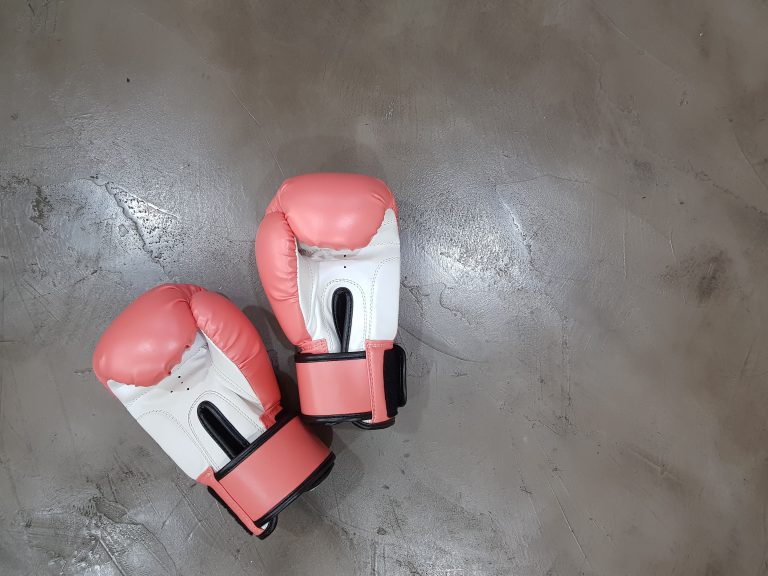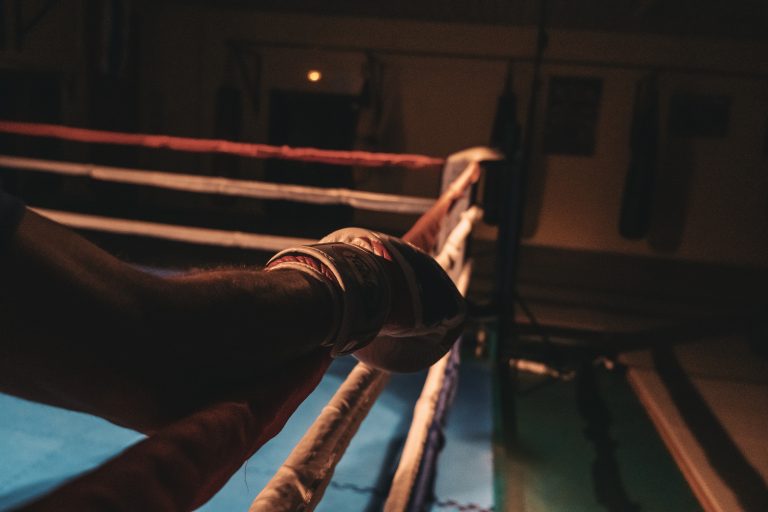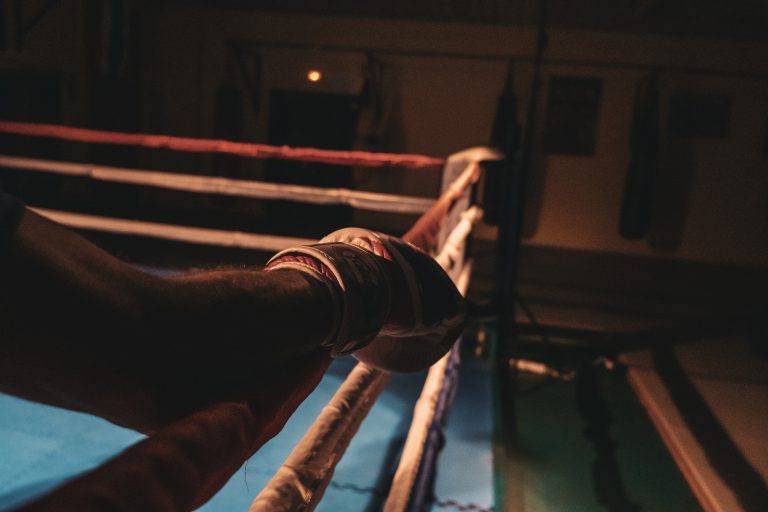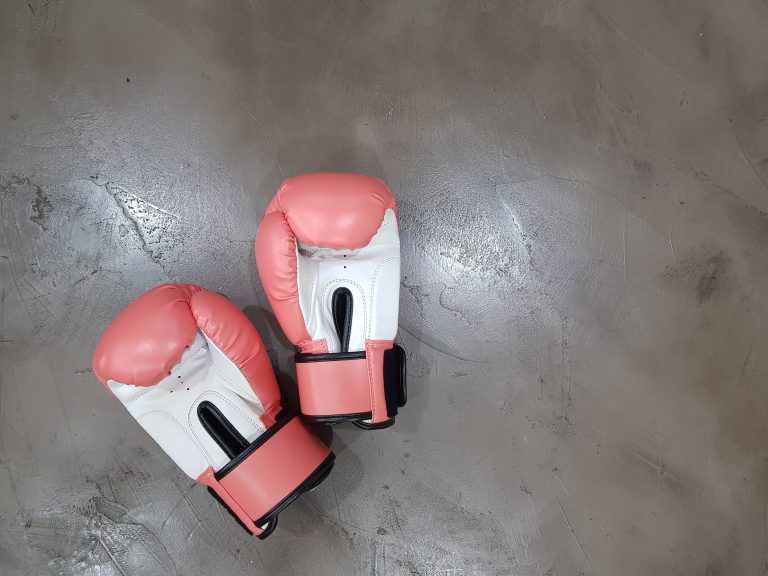How to Get Started With Karate – A Step-By-Step Guide for Beginners
Karate is a modern form of martial art that has been popular for centuries. It is a great way to stay fit and learn something new. Not only will it help you build better mental discipline, but it can also add more variety to your regular workout routine. The great thing about karate is that anyone can get started – regardless of skill level. But there are certain steps to take to make sure your karate journey is a successful one.
In this blog post, we’ll look at the essentials of getting started with karate, including what you’ll need before beginning your journey into martial arts excellence. So, let’s jump right in!
Step 1: Choose the Right Initial Goals and Objectives
The first step in getting started with karate is choosing the right goals. Start by asking yourself why you want to learn karate. Is it for self-defense? Or to gain confidence and self-control? Or maybe you just want to learn the basics of the sport? It’s important to have a clear idea of why you want to do karate and what you hope to achieve from it. Write down your motivations and objectives so that you can track your progress and stay on track.
Step 2: Find a Reputable Dojo
Once you’ve determined why you’d like to learn karate, the next step is finding a suitable dojo. A dojo is a training place where individuals come together to practice karate and other martial arts. Look for a legitimate dojo that has experienced instructors who have credentials and insurance in case accidents occur. Check out online resources, such as the American Traditional Karate Association or the World Karate Federation, to find local dojos in your area. You may also want to consider going on a trial class or two before signing up for any classes or memberships.
Step 3: Gather the Essential Equipment
Once you find an appropriate dojo that matches your goals, the next step is to gather all the essential equipment. The basic equipment required for karate includes a uniform (also known as a gi), protective headgear, and a belt. You may be required to purchase some of these items before starting karate classes – make sure to ask your dojo instructor in advance. Additional equipment like stretching mats, hand pads, kick pads, and focus mitts are usually provided in the class but can also be purchased separately if needed.
Step 4: Move on to Higher Levels
As you progress in your karate journey, there are many levels to move up through. Start by mastering basic moves like punches, kicks, blocks, and stances at the beginner level. After some practice and discipline, you can move up through intermediate and advanced levels of karate where you’ll learn techniques like sweeps, throws, joint locks and submissions. Joining a tournament or taking part in sparring matches are some of the other aspects of karate that advanced practitioners often engage in.
Another practical way to improve your karate skills is to join a kumite class (also known as sparring class). During these classes, practitioners are taught how to spar safely and effectively against an opponent. Kumite classes provide an opportunity for karate practitioners to apply their techniques and tactics in real-life situations.
Step 5: Have Fun and Be Patient
Karate is an enjoyable activity that requires patience, dedication, and plenty of practice. Unfortunately, progress doesn’t always come quickly – so it’s important to understand that while frustration may set in later, early efforts may not have the expected results. Despite this, always remember to take it all in stride – ensuring that you not only enjoy the process but also make it part of your lifestyle.
Conclusion
Karate is a great form of exercise for all ages – and with enough hard work and dedication anyone can become proficient in this martial art. Always remember these five steps when starting out: set clear goals before beginning; find an appropriate dojo; purchase all essential equipment; focus on improvement by doing additional intermediate and advanced classes; and, most importantly, have patience and enjoy all aspects of the process. Have faith in yourself and you will eventually become skilled at karate!
How to Get Started With Karate – A Step-By-Step Guide for Beginners
Karate is a martial art that originated in Okinawa, Japan in the early 20th century. It emphasizes striking techniques, such as kicks, punches, and knee strikes, along with open-hand techniques like knife-hand and spear-hand strikes. If you’re looking to get into karate, you may have many questions about how to get started. This blog post will answer some of the most frequently asked questions about starting karate.
What should I expect from my first karate class?
Your first karate class will likely involve an introduction to the basic movements and techniques. You’ll learn a series of warm-up exercises, such as stretching and jumping jacks, to prepare your body for the workout. You’ll also learn the basic stances and strikes, along with their proper form and technique. It’s important to pay close attention to your instructor and ask questions if you’re unsure about anything. You may also be paired up with another beginner to practice your techniques together.
What should I wear to my first karate class?
Most karate schools have a specific dress code that students are expected to follow. You should wear loose-fitting, comfortable clothing that allows for a full range of movement. Many schools require a karate uniform, known as a gi, but some allow you to wear athletic clothing, such as sweatpants and a t-shirt, until you’re ready to invest in a gi.
What equipment do I need to get started in karate?
You don’t need to purchase any equipment before your first karate class, as most schools provide all necessary supplies. However, once you’re ready to invest in your own equipment, you’ll need a karate uniform or gi, sparring gloves and protective gear, and a mouthguard for contact sparring. Talk to your instructor about the specific equipment you’ll need for your training.
How often should I attend karate classes?
Most karate schools recommend attending classes at least twice per week to see progress and improvement. However, the frequency of classes will depend on your personal goals and schedule. It’s important to find a schedule that works for you and allows you to balance your martial arts training with other responsibilities.
Will karate help me defend myself?
While karate is primarily a martial art and focuses on self-defense, it’s important to remember that self-defense is about more than just physical techniques. Karate teaches discipline, focus, and mental toughness, along with physical training. These skills can help you avoid dangerous situations and make smart decisions in a confrontation.
How long does it take to earn a black belt in karate?
Earning a black belt in karate requires years of dedication and hard work. It’s not uncommon for students to train for five or more years before earning their black belt. The time it takes to earn a black belt will vary based on a number of factors, including the individual’s skill level, training schedule, and commitment to the art.
Is karate safe for children?
Karate can be a safe and fun activity for children of all ages. However, it’s important to research karate schools in your area and choose one that prioritizes safety and proper technique. Make sure the instructor has experience working with children and follows established safety protocols.
What are some benefits of practicing karate?
There are many benefits to practicing karate, both physical and mental. Some of the physical benefits include improved flexibility, strength, and cardiovascular health. Karate also teaches discipline, self-confidence, and mental focus, which can improve overall well-being and success in other areas of life.
How can I find a good karate school?
Finding a good karate school can be as easy as doing a quick online search or asking for recommendations from friends and family. It’s important to research the school’s reputation, instructor qualifications, and class schedule before committing to training. Most schools offer a trial period or intro class, which can give you a chance to see if the school is a good fit for you.
Conclusion
Starting karate can be a rewarding and challenging experience, but it’s important to do your research and find a school that prioritizes safety and correct technique. By following these tips and committing to regular training, you can improve your physical and mental health while learning valuable self-defense skills.
Inhaltsverzeichnis






